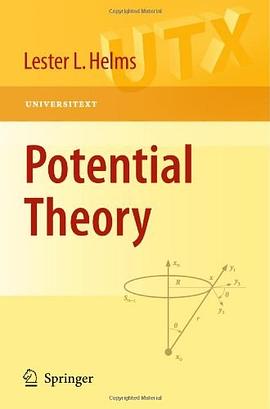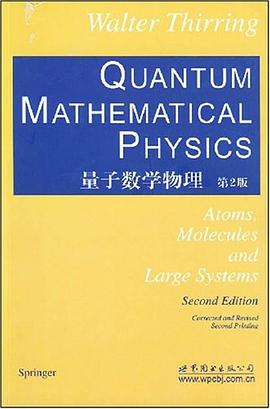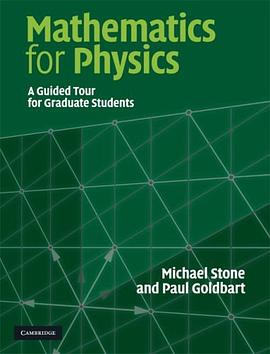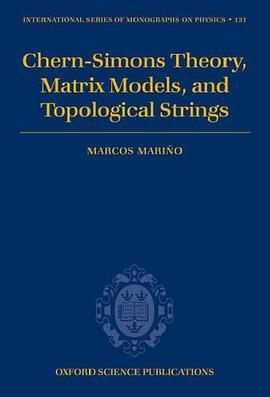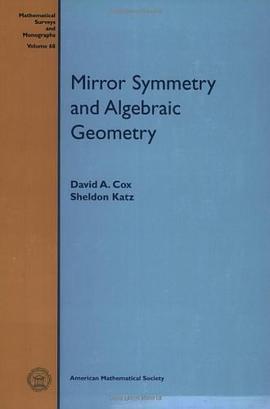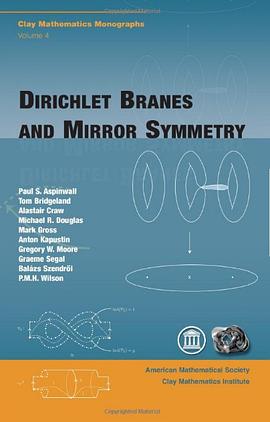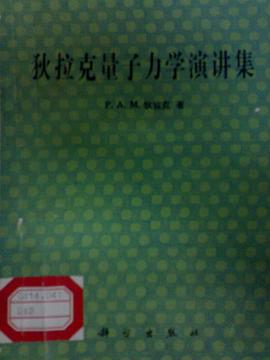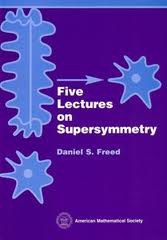

具体描述
In physics, the idea of extra spatial dimensions originates from Nordstöm's 5-dimensional vector theory in 1914, followed by Kaluza–Klein theory in 1921,
in an effort to unify general relativity and electromagnetism in a 5-dimensional space–time (4 dimensions for space and 1 for time). The Kaluza–Klein theory didn't generate enough interest with physicist for the next five decades, due to its problems with inconsistencies. With the advent of supergravity theory (the theory that unifies general relativity and supersymmetry theories) in late 1970s and eventually, string theories (1980s), and M-theory (1990s), the dimensions of space–time increased to 11 (10-space and 1-time dimension).
There are two main features in this book that differentiates it from other books written about extra dimensions:
The first feature is the coverage of extra dimensions in time (two-time physics), which has not been covered in earlier books about extra dimensions. All other books mainly cover extra spatial dimensions.
The second feature deals with the level of presentation. The material is presented in a non-technical language followed by additional sections (in the form of appendices or footnotes) that explain the basic equations and principles. This feature is very attractive to readers who want to find out more about the theories involved beyond the basic description for a layperson. The text is designed for scientifically literate non-specialists who want to know the latest discoveries in theoretical physics in a non-technical language. Readers with basic undergraduate background in modern physics and quantum mechanics can easily understand the technical sections.
The two parts of the book can be read independently. One can skip Part I and go directly to Part II which covers extra dimensions in space.
作者简介
Itzhak Bars is a professor of physics at the University of Southern California, Los Angeles. He received his Ph.D. from Yale University in 1971 and after postdoctoral
research at the University of California at Berkeley he was appointed to the Faculty of Stanford University in 1973. He returned to Yale University in 1975 as a faculty member in the Physics Department, and after a decade he moved to the University of Southern California in 1984 to build a research group in high-energy physics. He served as the director of the Caltech-USC Center for Theoretical Physics during 1999–2003. His visiting appointments include Harvard University, the Institute for Advanced Study in Princeton, and CERN in Geneva, Switzerland. Professor Bars is a leading expert in symmetries in physics, which he applies in much of his research on particle physics, field theory, string theory, and mathematical physics in over 200 papers. He is the author of a book on “Quantum Mechanics” and co-editor of the books “Symmetry in Particle Physics” and “Strings’95, Future Perspectives in String Theory.” Some of his experimentally successful physics predictions include supersymmetry in large nuclei with even/odd numbers of nucleons, and the weak interaction contribution to the anomalous magnetic moment of the muon, in the context of the quantized standard model, that was confirmed after 30 years. His contributions to the mathematics of supersymmetry are extensively used in several branches of physics and mathematics. His current interests include string field theory and two-time physics which he originated in 1998. In 2006 he established that all the physics we know today, as embodied in principle in the standard model of particles and forces, is better described by a 2-time field theory in 4-space and 2-time dimensions projected as a shadow on an emergent 3-space and 1-time dimensions. His honors include Fellow of the American Physical Society, the First Award in the Gravity Research Foundation essay contest (shared with Chris Pope), Outstanding Junior Investigator Award by the Department of Energy, and the A. P. Sloan Foundation Fellowship.
John Terning is professor of physics at the University of California, Davis. He received his Ph.D. from the University of Toronto and was a postdoctoral fellow at Yale University. He was also a researcher at Boston University, the University of California, Berkeley, and Harvard University, and a staff member at the Los Alamos National Laboratory. Professor Terning’s research interests include theoretical particle physics, electroweak symmetry breaking, supersymmetry, cosmology, extra dimensions, and the AdS/CFT correspondence.
目录信息
Part I Two-Time Physics: The Unified View from Higher
Dimensional Space and Time
Itzhak Bars
1 A First Look at the Known Universe . . . . . . . . . . . . . . . . 7
2 Structure of Matter and Fundamental Forces . . . . . . . . . . . 13
2.1 The Fundamentals at Subatomic Distances . . . . . . . . . . . 13
2.2 Large Distances and Cosmology . . . . . . . . . . . . . . . . 21
3 What Is Space–Time? . . . . . . . . . . . . . . . . . . . . . . . . . 29
3.1 Einstein’s Relativistic View of Space–Time . . . . . . . . . . 33
3.2 Equivalence Principle, Symmetry, and General Relativity . . . 38
4 Symmetry and Perspective . . . . . . . . . . . . . . . . . . . . . . 43
5 Why Higher Space or Time Dimensions? . . . . . . . . . . . . . . 47
5.1 Extra Space Dimensions . . . . . . . . . . . . . . . . . . . . 49
5.2 A Matter of Perspective in 2T Space–time . . . . . . . . . . . 51
5.3 WhyTwoTimes . . . . . . . . . . . . . . . . . . . . . . . . . 54
5.4 The Shadows Allegory . . . . . . . . . . . . . . . . . . . . . 56
6 The Role of Extra Space Dimensions in String Theory . . . . . . . 59
7 Two-TimePhysics . . . . . . . . . . . . . . . . . . . . . . . . . . . 67
7.1 Historical Path to the Sp(2, R)Symmetry . . . . . . . . . . . . 67
7.2 Indistinguishable Position and Momentum and Sp(2, R) . . . . 72
7.3 HowDoes ItWork? . . . . . . . . . . . . . . . . . . . . . . . 75
7.3.1 InformalDiscussion . . . . . . . . . . . . . . . . . . . 77
7.3.2 FormalDiscussion . . . . . . . . . . . . . . . . . . . 78
7.4 Examples of Shadows and Hidden Information . . . . . . . . 81
8 Evidence of 4 + 2 as Subtle Effects in 3 + 1 Dimensions . . . . . . 89
8.1 H-Atom . . . . . . . . . . . . . . . . . . . . . . . . . . . . . 89
8.2 The Fourth Space Dimension in Celestial Mechanics . . . . . 95
9 Fundamental Universe as a Shadow from 4 + 2 Dimensions . . . . 99
9.1 The Standard Model as a 2T-Field Theory . . . . . . . . . . . 101
9.2 2T-Gravity in4+2Dimensions . . . . . . . . . . . . . . . . 104
9.3 Dilaton-Driven Cosmic Phase Transitions . . . . . . . . . . . 106
9.4 Electroweak Phase Transition . . . . . . . . . . . . . . . . . . 109
10 Current Status of 2T-Physics and Future Directions . . . . . . . . 113
11 Further Reading . . . . . . . . . . . . . . . . . . . . . . . . . . . . 123
References . . . . . . . . . . . . . . . . . . . . . . . . . . . . . . . 123
Part II Extra Dimensions of Space
John Terning
12 The Popular View of Extra Dimensions . . . . . . . . . . . . . . . 129
12.1 Einsteinand theFourthDimension . . . . . . . . . . . . . . . 130
12.2 Traditional Extra Dimensions . . . . . . . . . . . . . . . . . . 141
12.3 Einstein’sGravity . . . . . . . . . . . . . . . . . . . . . . . . 146
12.4 The Theory Formerly Known as String . . . . . . . . . . . . . 149
12.5 WarpedExtraDimensions . . . . . . . . . . . . . . . . . . . 154
12.6 HowDoWeLook forExtraDimensions? . . . . . . . . . . . 158
12.7 Epilogue . . . . . . . . . . . . . . . . . . . . . . . . . . . . . 165
References . . . . . . . . . . . . . . . . . . . . . . . . . . . . . . . 165
13 Extra Material: The Equations Behind theWords . . . . . . . . . 167
13.1 Units andCoordinates . . . . . . . . . . . . . . . . . . . . . . 167
13.2 Einsteinand theFourthDimension . . . . . . . . . . . . . . . 169
13.3 Quantum Mechanics . . . . . . . . . . . . . . . . . . . . . . 178
13.4 Traditional Extra Dimensions . . . . . . . . . . . . . . . . . . 182
13.5 Einstein’sGravity . . . . . . . . . . . . . . . . . . . . . . . . 185
13.6 The Theory Formerly Known as String . . . . . . . . . . . . . 190
13.7 WarpedExtraDimensions . . . . . . . . . . . . . . . . . . . 197
13.8 TheMaxwellEquations . . . . . . . . . . . . . . . . . . . . . 201
13.9 HowDoWeLook forExtraDimensions? . . . . . . . . . . . 208
About the Authors . . . . . . . . . . . . . . . . . . . . . . . . . . . . . . 211
Index . . . . . . . . . . . . . . . . . . . . . . . . . . . . . . . . . . . . . 213
· · · · · · (收起)
读后感
评分
评分
评分
评分
用户评价
相关图书
本站所有内容均为互联网搜索引擎提供的公开搜索信息,本站不存储任何数据与内容,任何内容与数据均与本站无关,如有需要请联系相关搜索引擎包括但不限于百度,google,bing,sogou 等
© 2025 book.quotespace.org All Rights Reserved. 小美书屋 版权所有

